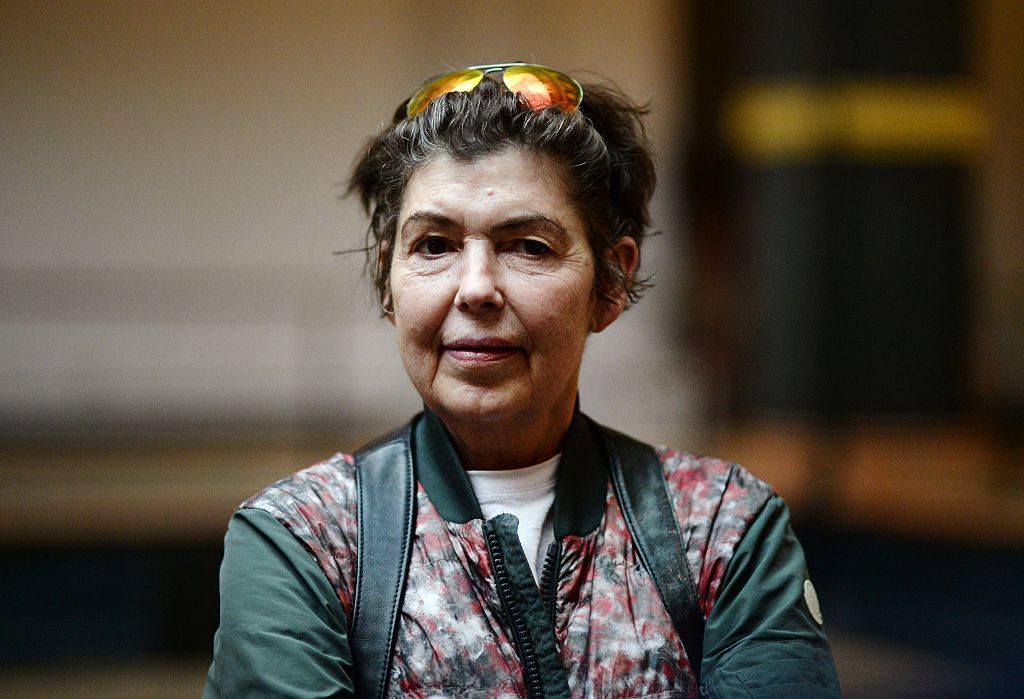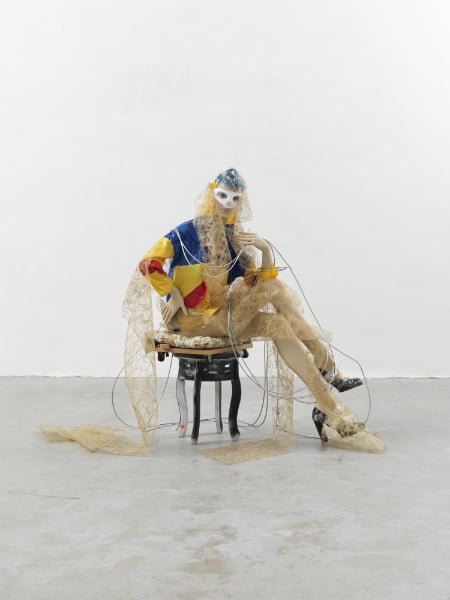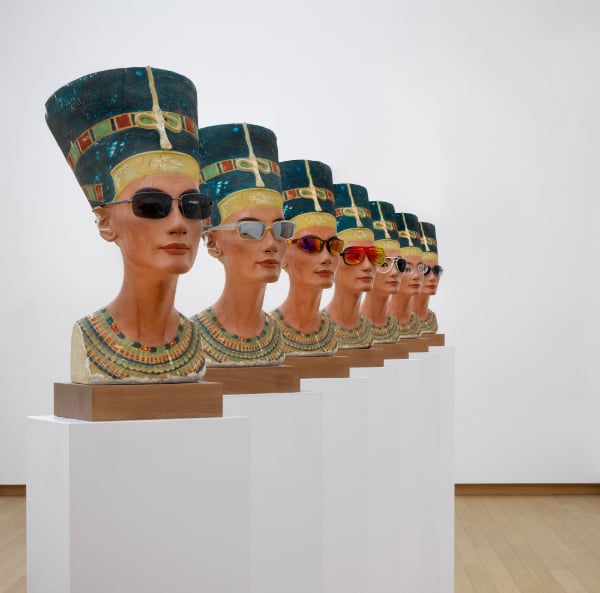Art & Exhibitions
Isa Genzken Says She Became an Alcoholic After Her Divorce From Gerhard Richter
The media-shy artist finally tells her story.

The media-shy artist finally tells her story.

Hili Perlson

The 67-year-old artist Isa Genzken, who works and lives in Berlin, has spoken openly about her alcoholism in a candid interview with the Sunday edition of the German daily Der Tagesspiegel, claiming she had started drinking after the difficult divorce from artist Gerhard Richter.
“I begun to drink and drink—and behave very inappropriately—because of this disaster with my [ex] husband,” she told the paper.
Over the past decade, Genzken has struggled with a bipolar disorder and was in and out of psychiatric hospitals—a difficult time which the otherwise notoriously media-shy artist makes no secret of in the interview. She explains that things finally clicked when a doctor warned her that she would never come out of the psychiatric ward if she didn’t stop drinking.
Three years later, Genzken is still sober. And for the past six months, she has been able to go about her daily routine without the assistance or supervision of a caretaker. She continues to receive medical treatment for her bipolar disorder.
Genzken and Richter met at the Kunstakademie Düsseldorf, where Richter taught painting. Genzken married Richter, who was her professor, in 1982, and the couple divorced in 1993. Today, Richter is one of the most expensive living artists.

Isa Genzken Schauspieler, (2013). Collection Syz Genf, Courtesy Galerie Buchholz, Köln / Berlin / New York ©Isa Genzken, VG Bild-Kunst, Bonn 2016.
Genzken is considered one of the most important German artists of her generation, and her artistic career, which spans over three decades and various mediums, has been an undeniable influence on many younger artists, particularly her work with assemblage.
In 2013, the MoMA dedicated a major retrospective to the artist, who was not well-known to a wider American audience at the time. In countless reviews and write-ups about the show, critics and journalists focused on Genzken’s reluctancy to speak to the press. Nevertheless, journalist Randy Kennedy scored an interview with her for the New York Times, in which he describes how the artist answered one question, and then walked away. “She’s not being arrogant,” her gallerist Daniel Buchholz explained to Kennedy. “She’s just tired.”
This extreme shyness might be a thing of the past. Genzken even revealed in the Tagesspiegel interview that although her works sell for an upward of €100,000, she does not own a bank card. “If I have more than a certain amount, I need to call my supervisor,” she says. “When I had to buy busts of Nefertiti [for her assemblages] he did not want to pay for them at first. He found them too expensive.” The busts, adorned with plastic sunglasses and costume jewelry, now count among Genzken’s most iconic pieces.

Isa Genzken Nofretete, (2014). Courtesy Galerie Buchholz, Köln / Berlin / New York, David Zwirner, New York / London und Hauser & Wirth ©Isa Genzken, VG Bild – Kunst, Bonn 2016.
Genzken also offered her view on Jeff Koons, who currently has a show in London at Damien Hirst’s gallery. “He‘s of my generation, makes much worse art than me, but is so much more expensive,” she said. “I think that’s unfair.”
Three years after her MoMA retrospective, which in hindsight may have coincided with the beginning of her recovery from alcoholism, Genzken is finally getting a career survey in Berlin. “It is extremely satisfying to be showing in the city where I live,” Genzken told Der Tagesspiegel about her Berlin retrospective, currently on view at the Martin Gropius Bau museum.
New York, however, still holds a special place in her heart. “I’ve never suffered from depression when I lived there,” she said.
“Isa Genzken: Make Yourself Pretty!” is on view at Martin Gropius Bau from April 9 – June 26.